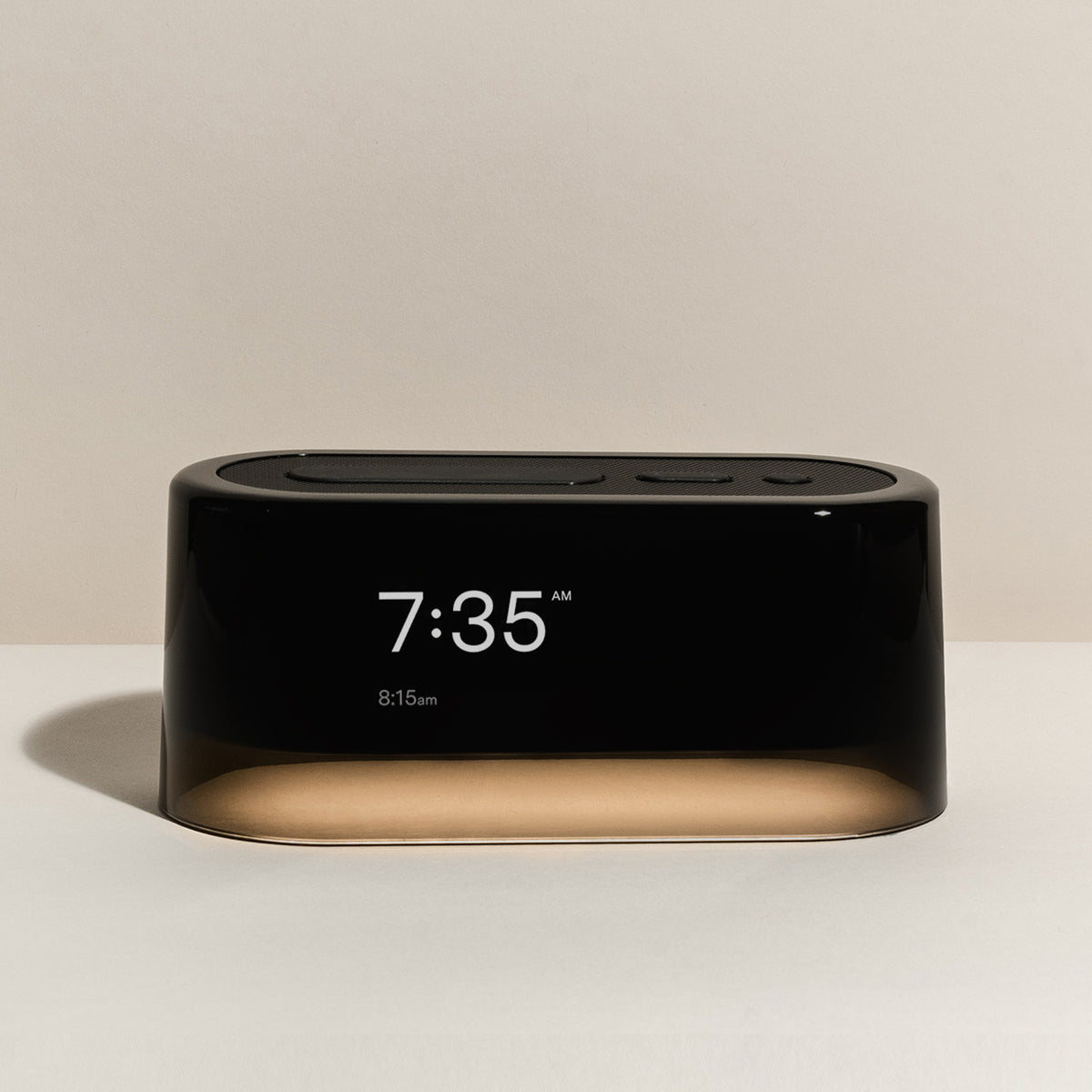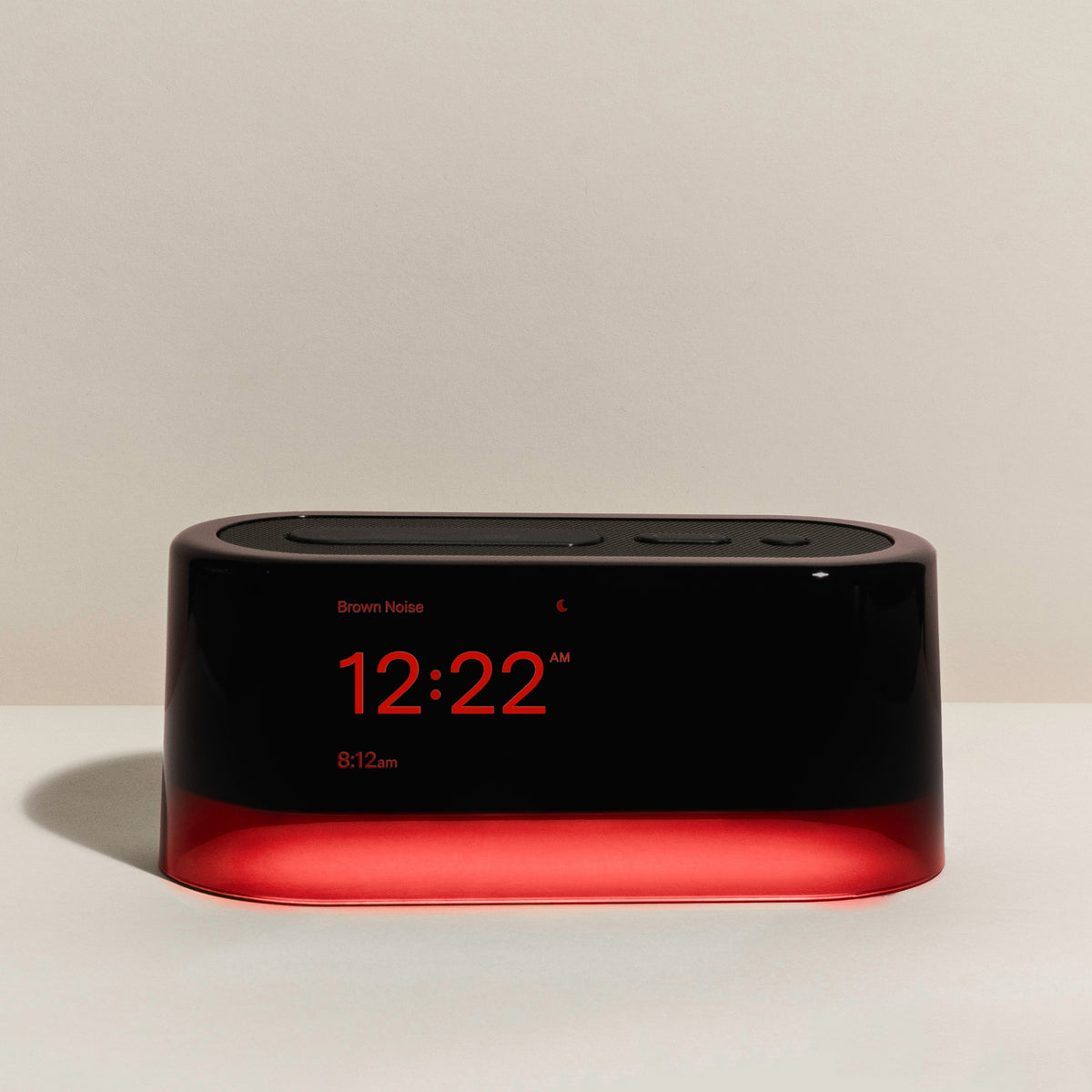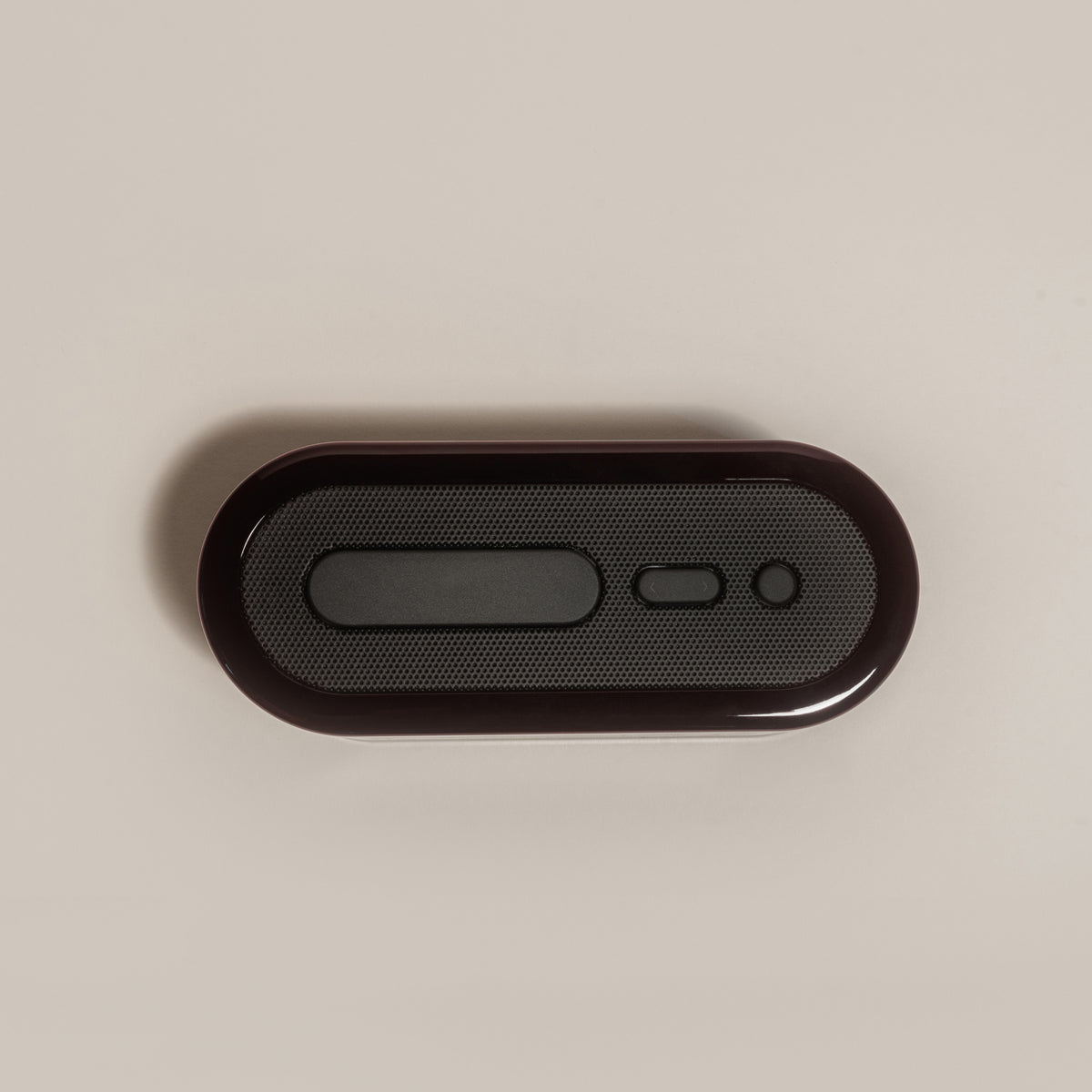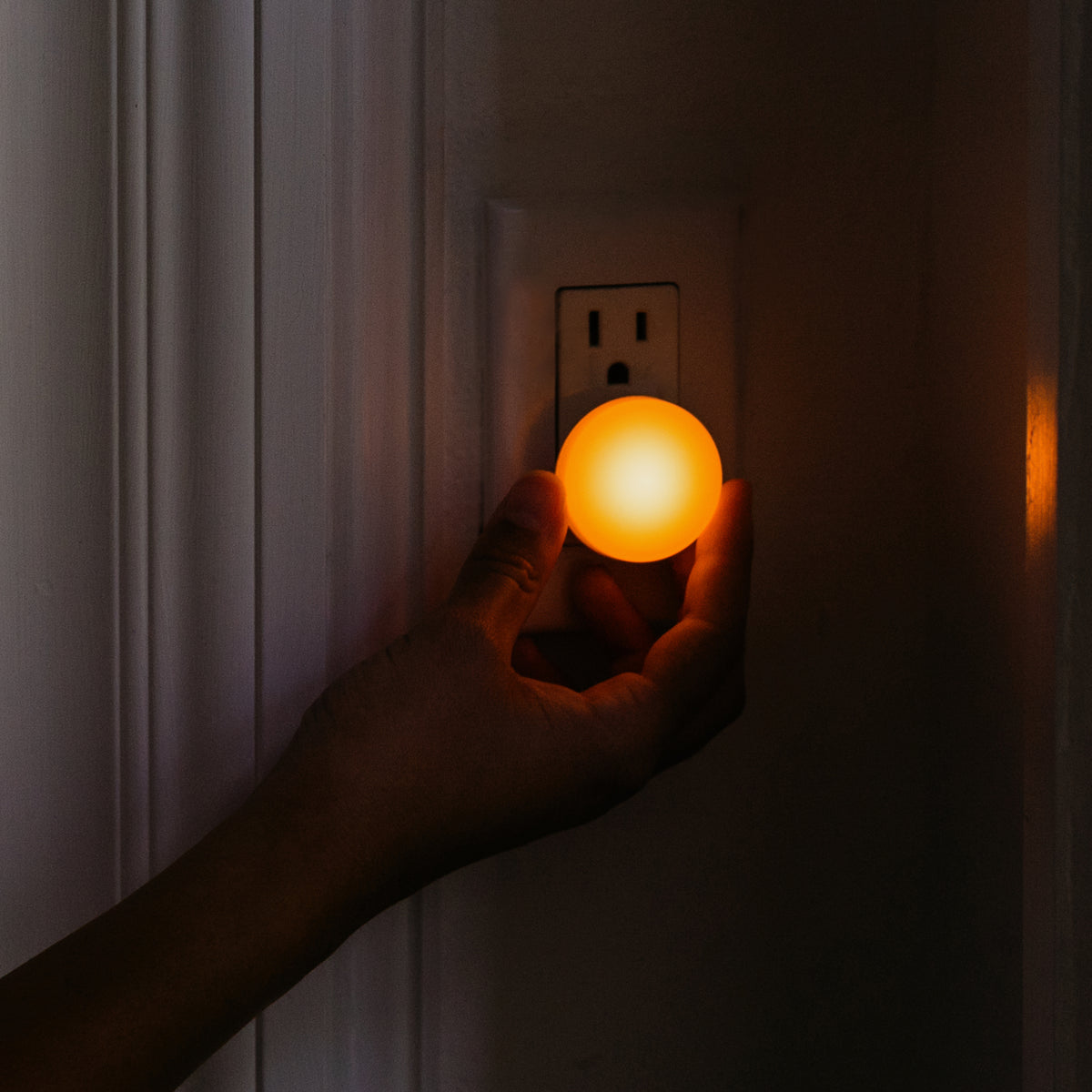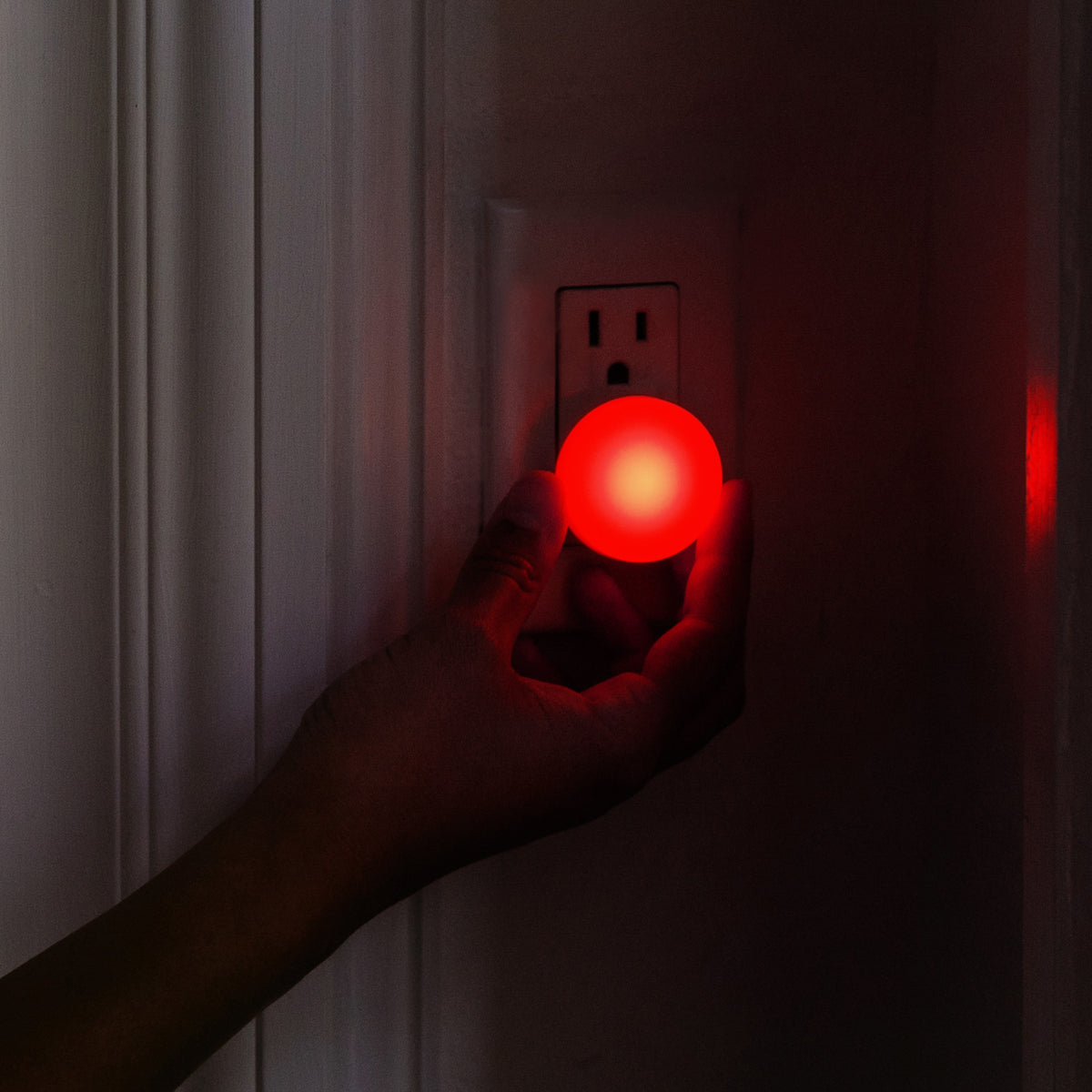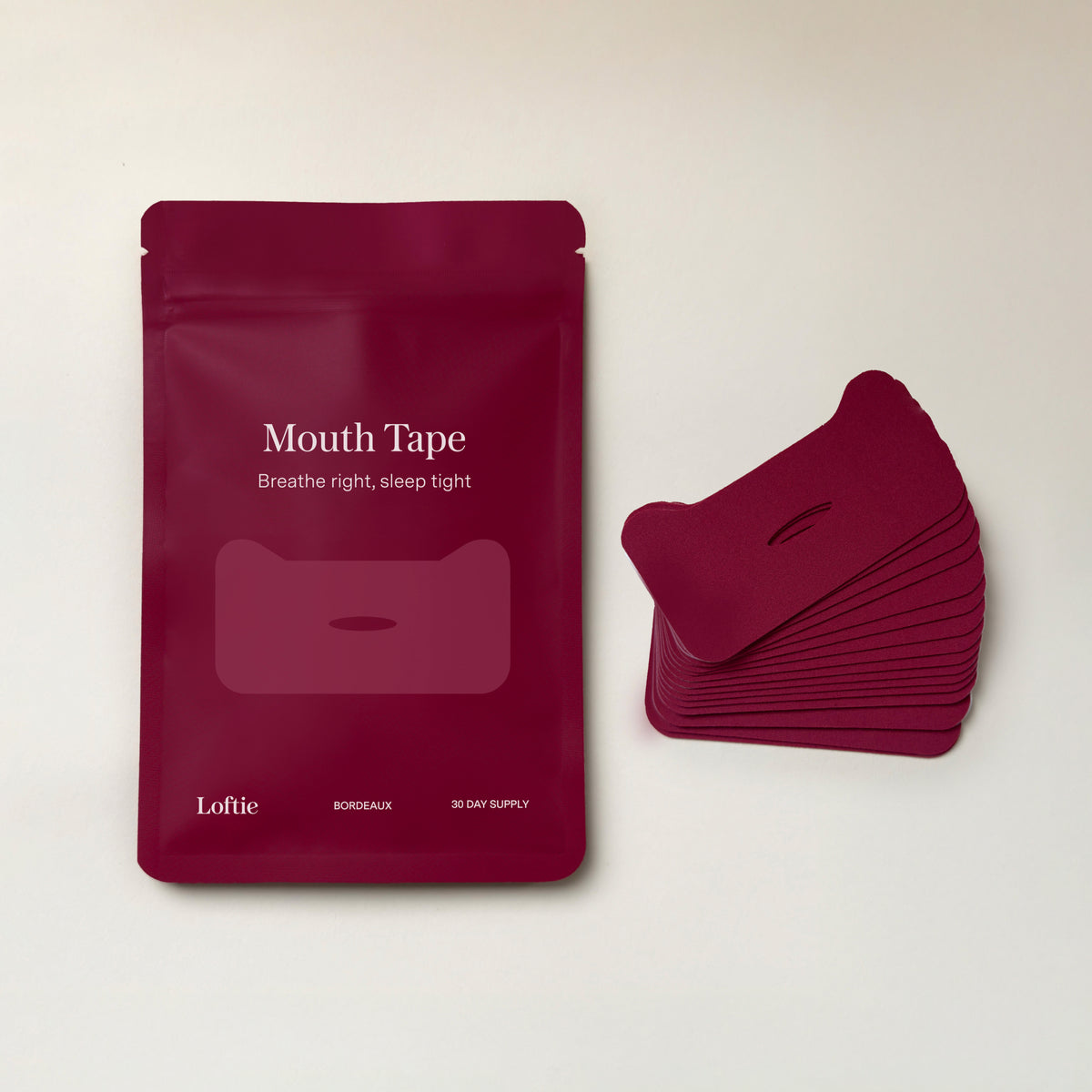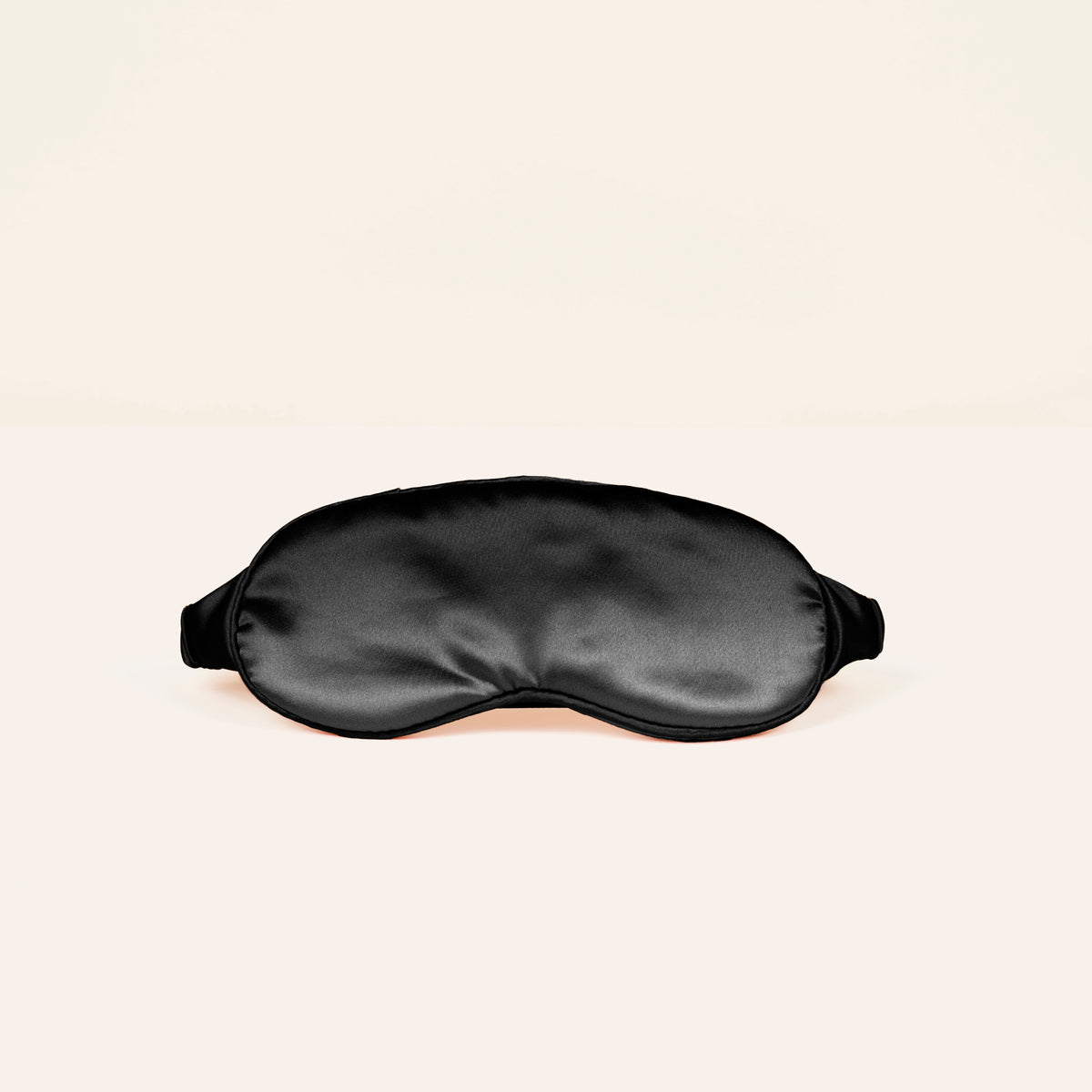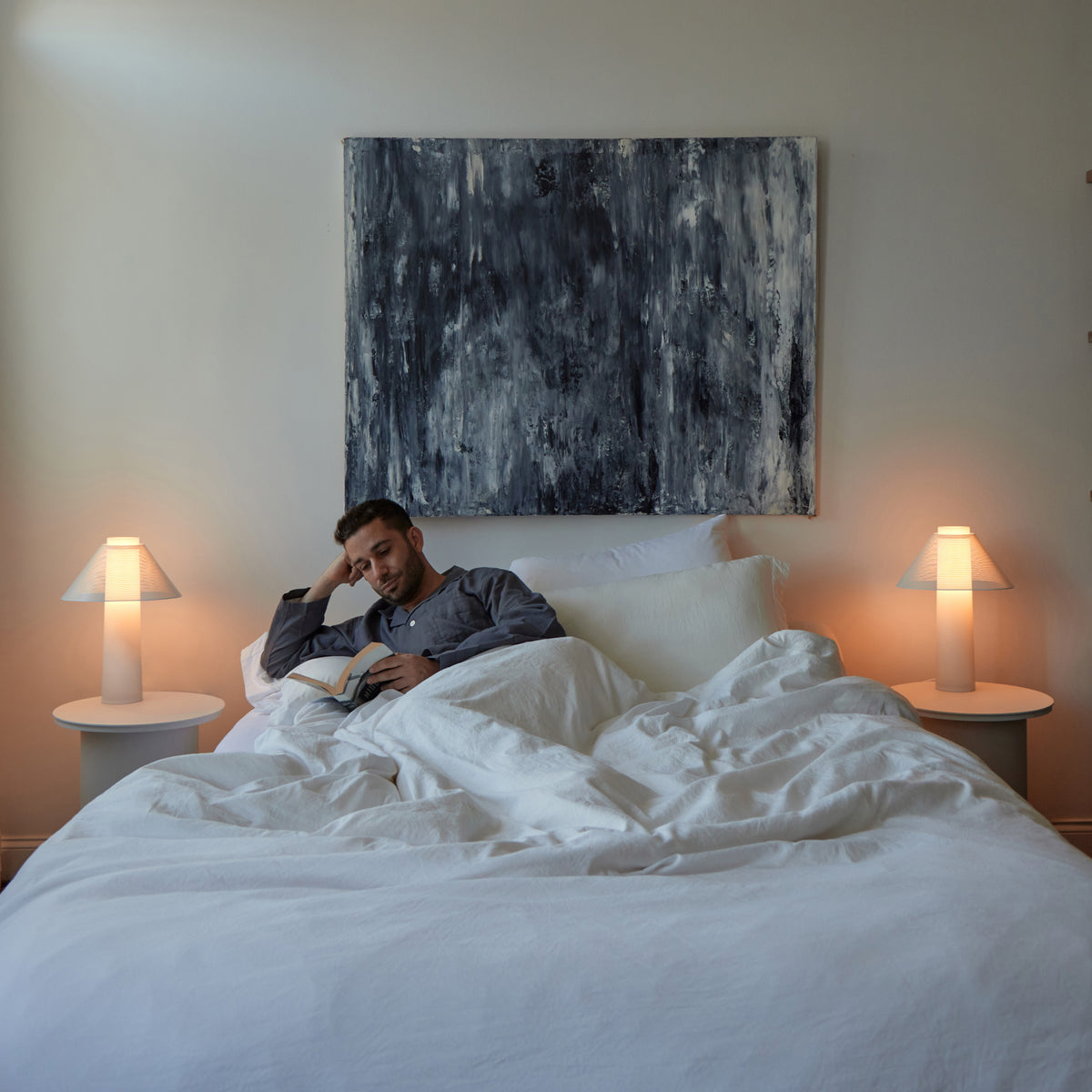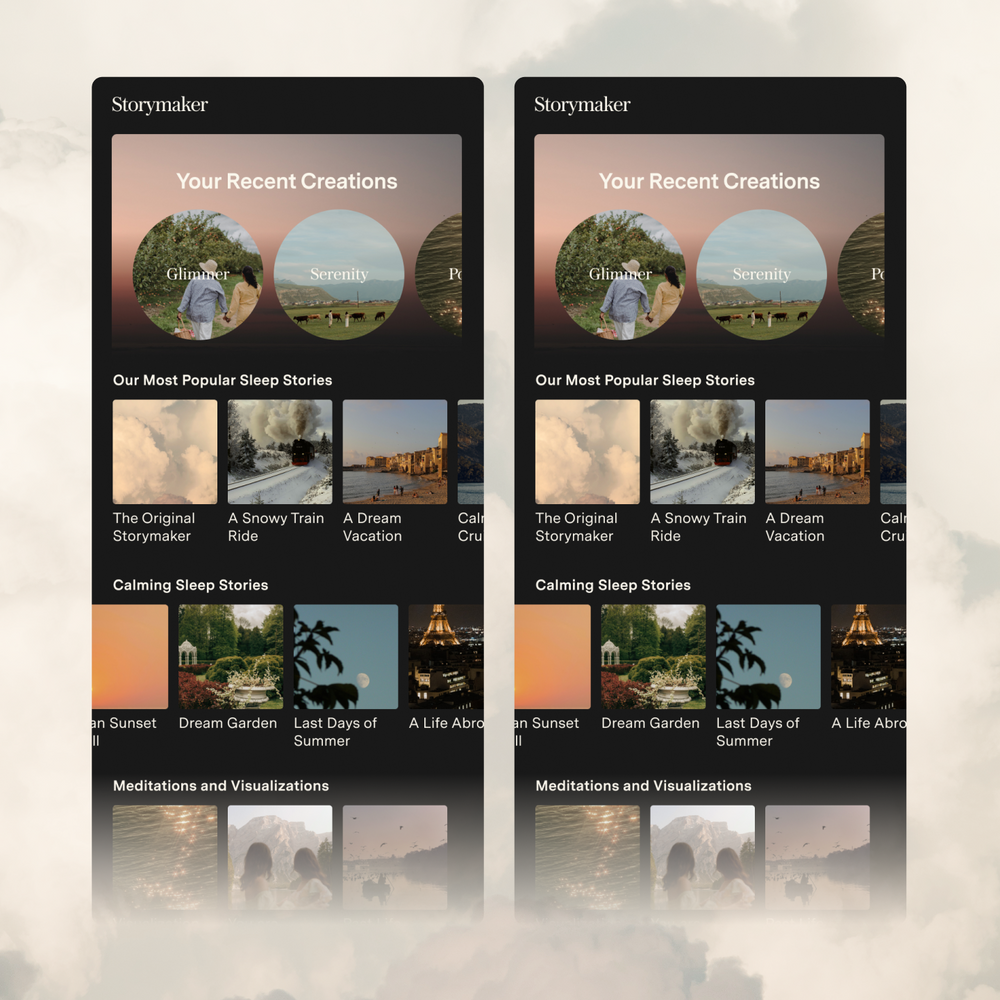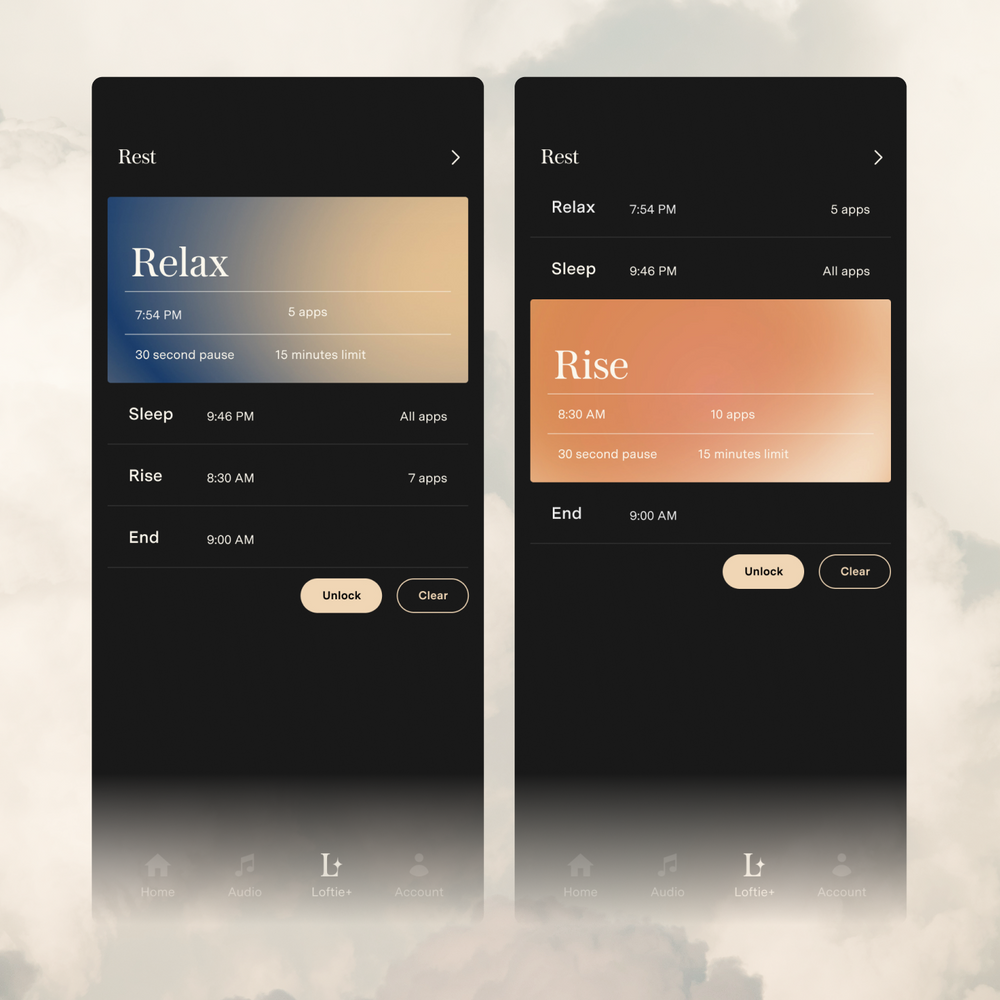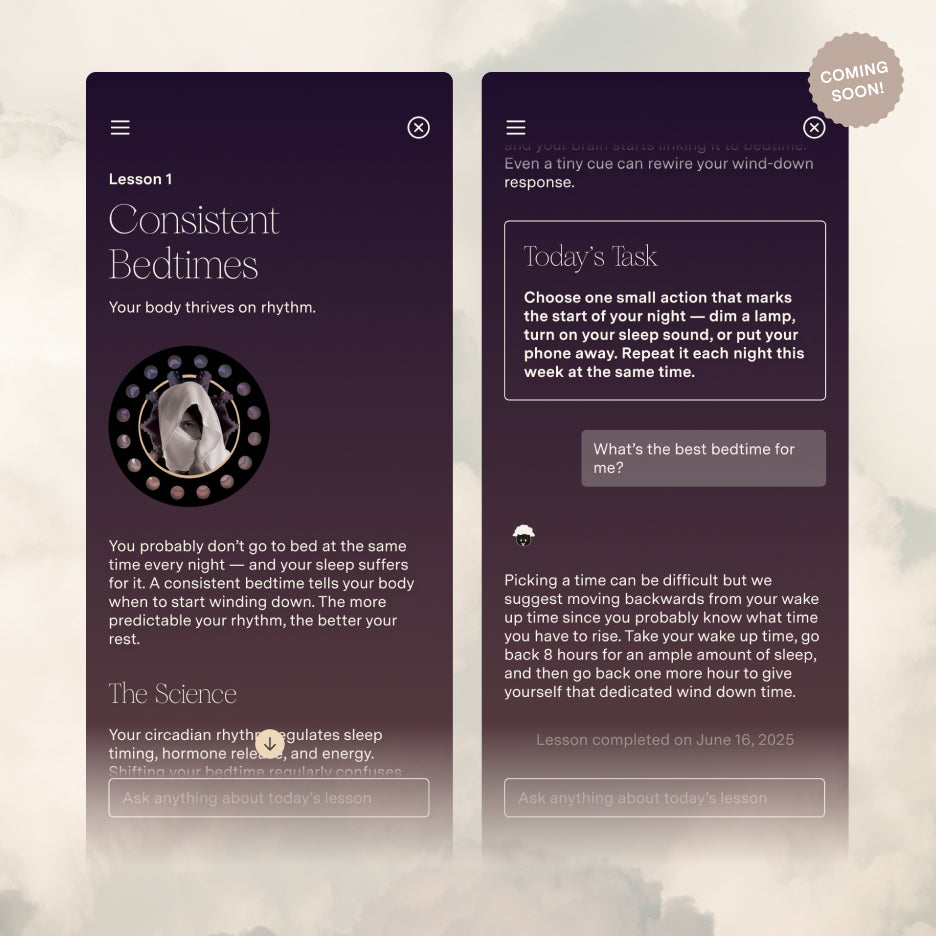Therapist Monica Denais helps high-achieving people break out of burnout and reconnect with what really matters. Here's her no-pressure, 10-step guide to a healthier mind and life.
Don’t try to perfect them all. Start with just one or two steps. You’re not behind—you're beginning. There is no rule book so the important thing is finding what works for you.
1. Shift from Balance to Seasons
Do this: Journal about what “season” of life you’re in—push (ambition) or pull (rest).
Why it helps: “Balance” sets unrealistic expectations. Seasons let you shift focus without guilt.
How to start: List your top 3 current priorities. Label them by urgency. Let others go into “maintenance mode.”
Monica says:
“I like to talk about intentional imbalance—knowing what season you're in and giving yourself permission to prioritize.”
2. Prioritize Sleep as a Foundation
Do this: Set bedtime 15 minutes earlier than your current average.
Why it helps: Sleep affects mood, focus, and resilience. One hour can make a big difference.
How to start: Pick a realistic time. Set a wind-down alarm. Avoid screens and caffeine late in the day.
Monica says:
“You don’t get a badge of honor for not sleeping. You just get burnout.”
3. Create a Simple Wind-Down Routine
Do this: Choose two enjoyable steps to end your day (e.g., tea + reading).
Why it helps: Repetition trains your body to expect rest.
How to start: Use things you already enjoy. Do them consistently for one week.
Monica says:
“Start small. Maybe your unwind routine is just two steps. That’s enough if it works for you.”
4. Design Your Bedroom for Sleep
Do this: Remove one distraction tonight (e.g., TV, phone).
Why it helps: Your brain links environment to rest. Fewer stimuli = deeper sleep.
How to start: Move your charger out. Use a Loftie Clock instead of your phone.
Monica says:
“We don’t have a TV in our bedroom. The more minimal it is, the less distracted I feel.”
5. Gamify Healthy Habits
Do this: Track one habit for 7 days with a calendar or app.
Why it helps: Visible progress builds momentum.
How to start: Pick one habit (like “no phone in bed”) and track it daily.
Monica says:
“People love gamification—it makes routines feel like wins, not chores.”
6. Practice the 5-Minute Rule
Do this: Set a timer for 5 minutes to do one positive action.
Why it helps: Starting is often the hardest part.
How to start: Keep a list of 5-minute activities. Try one tonight.
Monica says:
“If you’re feeling stuck, just set a timer. Most of the time, five minutes is enough to build momentum.”
7. Use White or Brown Noise for Mental Clarity
Do this: Try a different sound color (white, brown, pink) each night.
Why it helps: Soundscapes help quiet anxious thoughts.
How to start: Use Loftie or a noise app. Note which helps you feel calmest.
Monica says:
“Every person with anxiety has a different experience—different frequencies help different brains.”
8. Start Your Morning Without Your Phone
Do this: Delay phone use for 30–60 minutes after waking.
Why it helps: You start your day on your own terms, not reacting to others.
How to start: Use Loftie to wake up. Replace phone time with a mindful activity.
Monica says:
“When we grab our phones first thing, we start prioritizing other people’s needs over our own.”
9. Do a Nightly Brain Dump
Do this: Write down everything on your mind 30 minutes before bed.
Why it helps: Clears mental clutter and reduces anxiety.
How to start: Use a notebook or app. Dump everything—no judgment.
Monica says:
“Brain dumping helps you recognize: is this a real problem I can solve, or just an anxiety loop?”
10. Make Your Routine Something You Actually Enjoy
Do this: Add one thing you look forward to (tea, music, favorite book).
Why it helps: Positive reinforcement creates sustainable habits.
How to start: Pair joy with a habit (e.g., tea before journaling).
Monica says:
“There has to be something in it for you. Routines work better when they’re fun.”
Final Reminder:
Progress isn’t about perfection or discipline. It’s about design—small changes that support who you want to be.
“If you can’t sustain it, it’s not your rhythm. That’s your cue to adjust.” – Monica Denais


